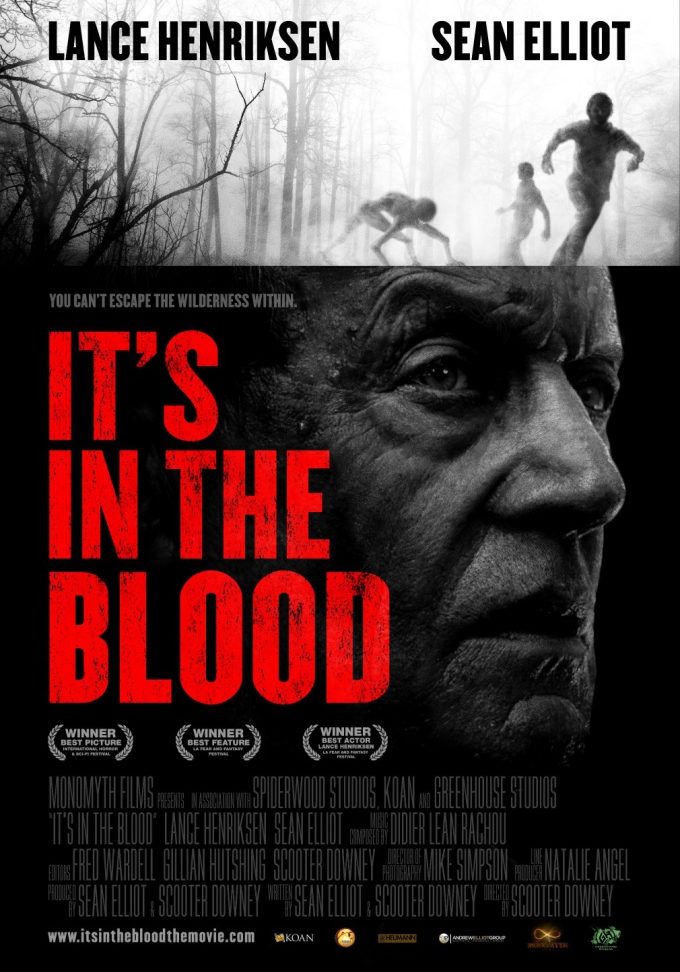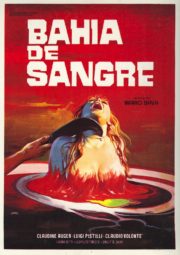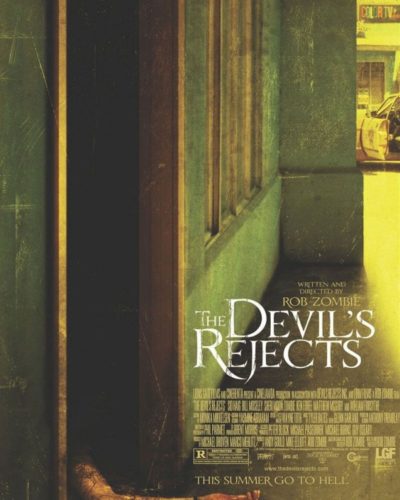A Family’s Terrors Unleashed in the Wild
“Everybody has demons, but some are just a little more real than others.” These words echo the chilling undertone of “It’s in the Blood,” a horror film released in 2012 that escapes conventional frights to play upon the psychological underpinnings of its audience. Directed by Scooter Downey, this gripping tale unfolds in the tangled wilderness as a father and son confront their family’s dark past and an unseen menace lurking in the woods. For viewers unacquainted with this nightmarish journey, be prepared for a twisted adventure that marries human tragedy with inescapable horror.
Crafting Fear: Through the Trees and the Soul
Unsettling Ambience and a Taut Narrative
The film’s brilliance lies in its capacity to craft an oppressive atmosphere saturated with dread and anticipation. Downey skillfully teeter-totters between profound emotional distress and the lurking shadows of the forest that seem to echo the characters’ internal chaos. The horror is not gauged through mere jump scares but through the sensation of inevitable doom, meticulously cultivated through a narrative rife with tension.
Cinematic Artistry in the Shadows
Cinematography in “It’s in the Blood” transcends the expectations of a low-budget horror flick. The exemplary use of lighting casts both a literal and figurative shadow upon the characters, illuminating their isolation and vulnerability. This visual despair is punctuated by camera angles that occasionally venture into the unconventional, amping up unease and curiosity. The visuals rarely depend on advanced special effects; rather, simplicity in representation becomes the most profound method of inducing fear.
An Auditory Descent into Madness
The movie’s soundtrack and sound design loom over the viewer, much like the canopy of trees over the characters. The clever use of binaural beats and unsettling echoes transforms the acoustic landscape into an instrument of terror. Crucial moments of silence, juxtaposed with discordant tones, strike a balance that keeps the audience on edge, complementing the psychological arc of the film.
Raw Performances in an Unreal Scenario
Authentic Portrayals amidst Horror
Character development becomes the backbone of this story, with performances that resonate with distressingly genuine emotion. Veteran actor Lance Henriksen delivers a complex, tormented portrayal as the father, drawing viewers deep into his world of guilt and pain. His on-screen chemistry with Sean Elliot, who plays his estragon-stricken son, anchors the film in a reality that is visceral and poignant. The actors render the horror of the mind as palpable as the physical threats that loom in the darkness.
Defying Horror Conventions
A Mosaic of Fright
“It’s in the Blood” is an intricate tapestry of horror sub-genre elements. Psychic scars manifest into tangible fear, skirting the line between psychological and supernatural horror. The film challenges the viewer to confront what is real, what is imagined, and the place where the two horrifyingly intersect. By leveraging the terror of the unknown and the fear of the self, the film offers a distinctive flavor of horror.
Beneath the Surface: The Heart of Darkness
Horror is often the medium to dissect societal and personal issues, and “It’s in the Blood” does not shy away from this role. Its subtext grapples with themes of redemption, the unshakable nature of the past, and the primal fear of losing oneself. The movie creates a space for introspection, making its impact linger far beyond the closing credits.
Frightful Final Thoughts
As a horror piece, “It’s in the Blood” proves that genuine fear is a concoction of the mind as much as it is the monsters among us. It excels through its atmospheric tension and psychological thrills rather than relying on gore and jump scares. While the film may not cater to all tastes, particularly those who prefer high-octane horror, it stands as a unique experience for fans seeking something that crawls beneath the skin and stays there.
Horror traditionalists and those willing to wander off the beaten path of the genre will be rewarded with a disturbing yet poignant cinematic experience. While comparisons to horror classics might be a stretch, for its thematic depth and atmospherics, it might remind one of the psychological complexities found in the works of directors like David Lynch or the character-driven narratives of Stephen King.
Ultimately, “It’s in the Blood” encapsulates both the strength and feebleness of the human spirit when faced with inexplicable horror. The film’s minimalistic approach, potent performances, and haunting score render it an effective and memorable addition to the indie horror landscape.
Viewer’s Notice: While the film contains its fair share of unsettling content, it is more of a psychological adventure through terror than a gore-fest. Sensitive viewers should be mindful of the intense emotional scenarios and disturbing imagery that serve as the real core of this film’s horror elements.




